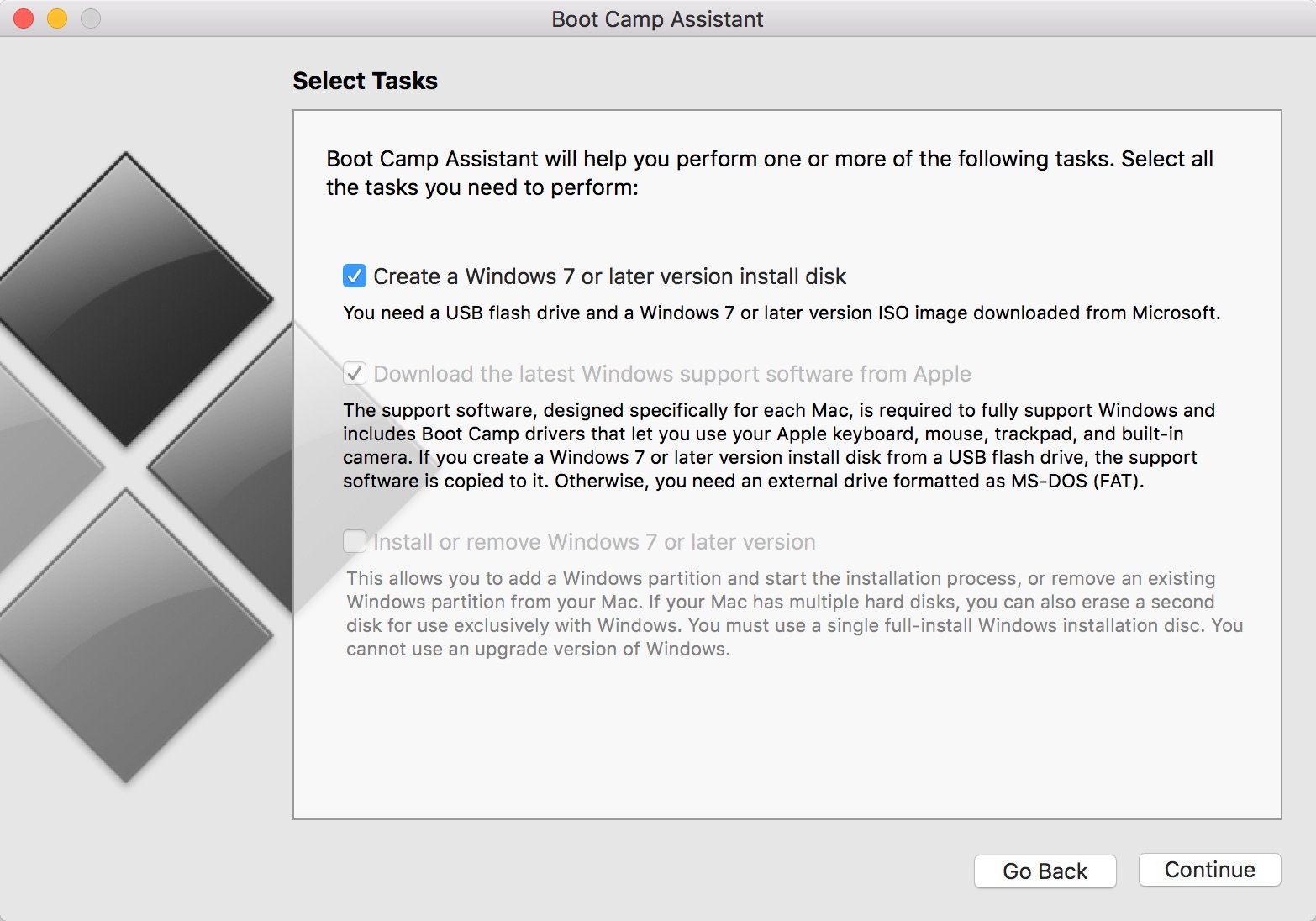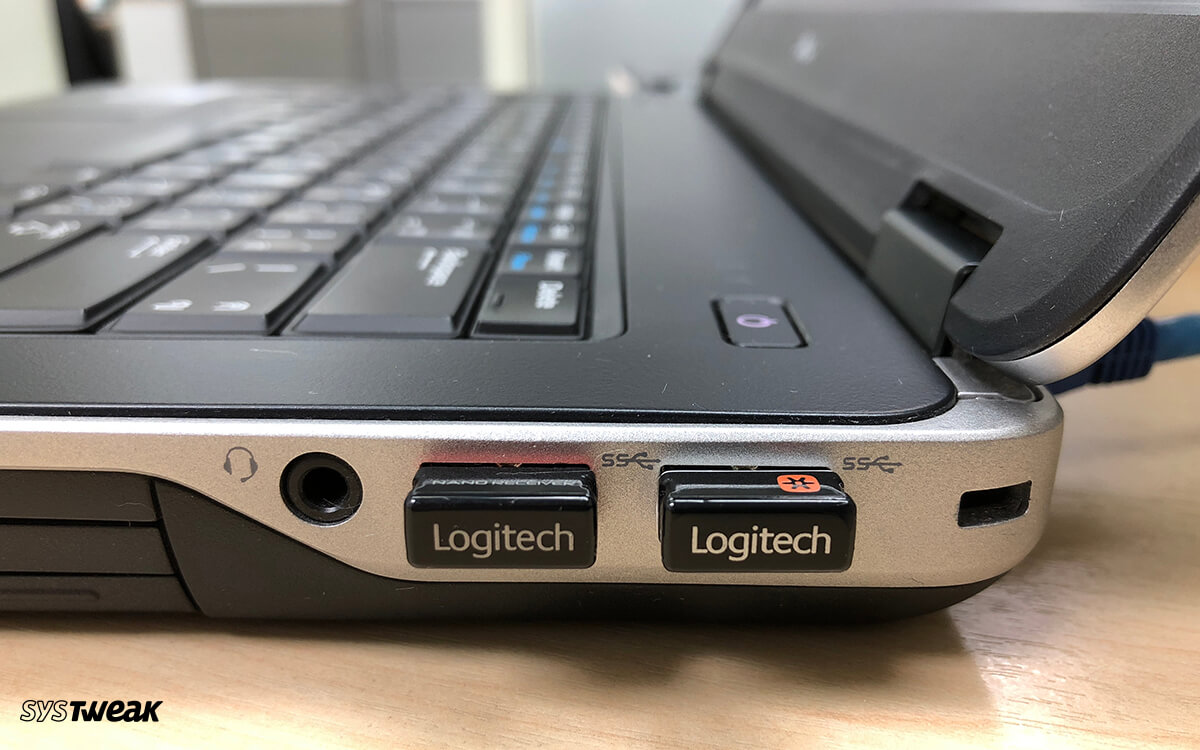With a bootable Ubuntu USB stick, you can:
- Install or upgrade Ubuntu, even on a Mac
- Test out the Ubuntu desktop experience without touching your PC configuration
- Boot into Ubuntu on a borrowed machine or from an internet cafe
- Use tools installed by default on the USB stick to repair or fix a broken configuration
- If you want to use your USB stick with an Apple Mac, you will need to restart or power-on the Mac with the USB stick inserted while the Option/alt (⌥) key is pressed. This will launch Apple’s ‘Startup Manager’ which shows bootable devices connected to the machine.
- Dec 31, 2020 Create a Windows 10 Bootable USB With Terminal. Once you’ve finished installing HomeBrew and wimlib, use the steps that follow to create the bootable Windows 10 USB on your Mac. If you chose not to install them, then use the alternative command in step 7 and skip step 8. Connect the USB stick to your Mac.
- Even with limited knowledge of ISO files, you can easily turn your USB stick into a bootable drive in minutes. The software's UI is clean and simple to understand, but don't be fooled by looks. It integrates extremely well with multiple file systems and supports a wide range of Windows versions, going from Windows XP all the way up to Windows 10.
Create the First USB. This step is going to be different, depending on which operating system you’re using. The goal here is to create the first USB, the intermediary one, using the image that you just downloaded. Insert the first USB into your computer. Before you can create the USB, you need to download a utility to install your.
Creating a bootable USB stick is very simple, especially if you’re going to use the USB stick with a generic Windows or Linux PC. We’re going to cover the process in the next few steps.
Apple hardware considerations
There are a few additional considerations when booting the USB stick on Apple hardware. This is because Apple’s ‘Startup Manager’, summoned by holding the Option/alt (⌥) key when booting, won’t detect the USB stick without a specific partition table and layout. We’ll cover this in a later step.
If you did not migrate your account yet, visit https://idp-portal-info.suse.com/
Tested on openSUSE
Recommended articles
Related articles
- 1Requirements
- 2Create bootable USB stick
Requirements
Create Bootable Usb Stick Ubuntu On Mac
Download installation images
You need to download a DVD or Network installation image (ISO file) before creating the installation USB stick.
See Portal:Installation.
A large capacity USB stick
To write DVD images, your USB stick must have at least 5 GB storage space.
To write Network images, your USB stick must have at least 100 MB storage space.
NOTE: All data in the USB stick will be erased! Backup all contents before writing the images.
A working PC
You need a working PC to run the bootable USB creation tool. ImageWriter can be run on openSUSE. UNetbootin can be run on other Linux distributions, Microsoft Windows and Apple macOS.
Create bootable USB stick
Imagewriter (openSUSE)
- Open YaST --> Software Management
- Search and install 'imagewriter' package
- Open 'SUSE Studio Imagewriter'
- Select downloaded image (*.iso file)
- Select the USB device
- Click 'Write' button
It takes several minutes or longer, depending on image size and hardware performance.
Done!
Universal USB Installer (Windows)
Note: Universal USB Installer only supports ISO files up to a maximum size of 4 GiB, which can be exceeded by some openSUSE DVD images. In this case, use UNetbootin for Windows as described below.
- Download Universal USB Installer (GPLv2)
- Run it. You will see a simple application window.
- Select Linux distribution 'openSUSE'.
- Select downloaded image.
- Select the USB device.
- Click 'Create' button.
It takes several minutes or longer, depending on image size and hardware performance.
Done!

UNetbootin (OpenSUSE)
- Install unetbootin via zypper
- Figure out which drive is your USB stick you wish to overwrite

- Wipe out the partition table of your USB stick to avoid issues with existing contents
- select /dev/sdc ( if your usb stick is /dev/sdc )
- p ( to print existing partitions )
- rm 1 ( to remove first partition )
- mklabel gpt ( to wipe device and make it GPT )
- mkpart primary ext4 1 -1 ( fill entire USB drive with ext4 partition )
- set 1 boot on ( make the new partition bootable )
- quit
- Unplug and replug the USB stick to have OpenSUSE automount /dev/sdc1
- Run unetbootin with environment variable to avoid UI bug
- Select radio button
- Click ... and open previously downloaded iso file
- Select Type: is not already selected
- Select Drive: if not already selected
- Click OK
- Exit unetbootin
- Eject the USB drive from UI, or run
- to umount files
UNetbootin (Other Linux, Windows, Mac)
- Download UNetbootin (GPLv2)
- Run it
- Select 'Diskimage' radio button
- Select 'ISO' file type
- Click {{Key| ... } and open previously downloaded *.iso file
- Select device Type: 'USB Drive'
- Select Drive: 'Letter/Name of your USB stick' if not already selected
- Click OK
It takes several minutes or longer, depending on image size and hardware performance.
Done!
Boot from USB stick
How To Create Bootable Usb Stick
- Plug your the USB stick into computer.
- Boot or reboot system.
- Press F12 and enter boot menu when you see BIOS interface. Quickly! (Some computers use Esc, F8, F10 for boot menu, you should see it on BIOS screen)
- Select your USB stick in the boot menu
- Press Enter
System will restart and boot from the USB stick. Then you can follow the normal DVD installation instructions.
